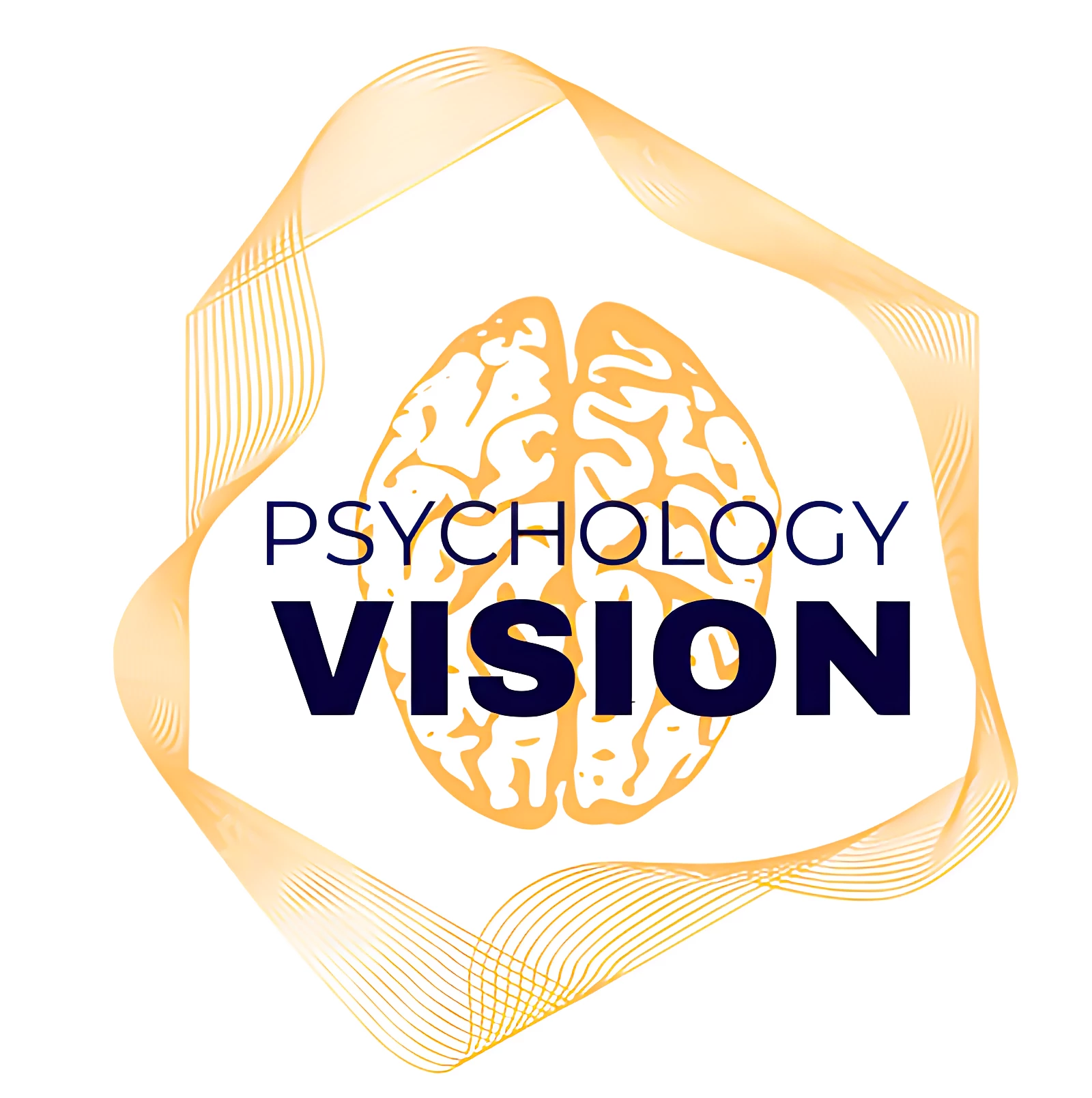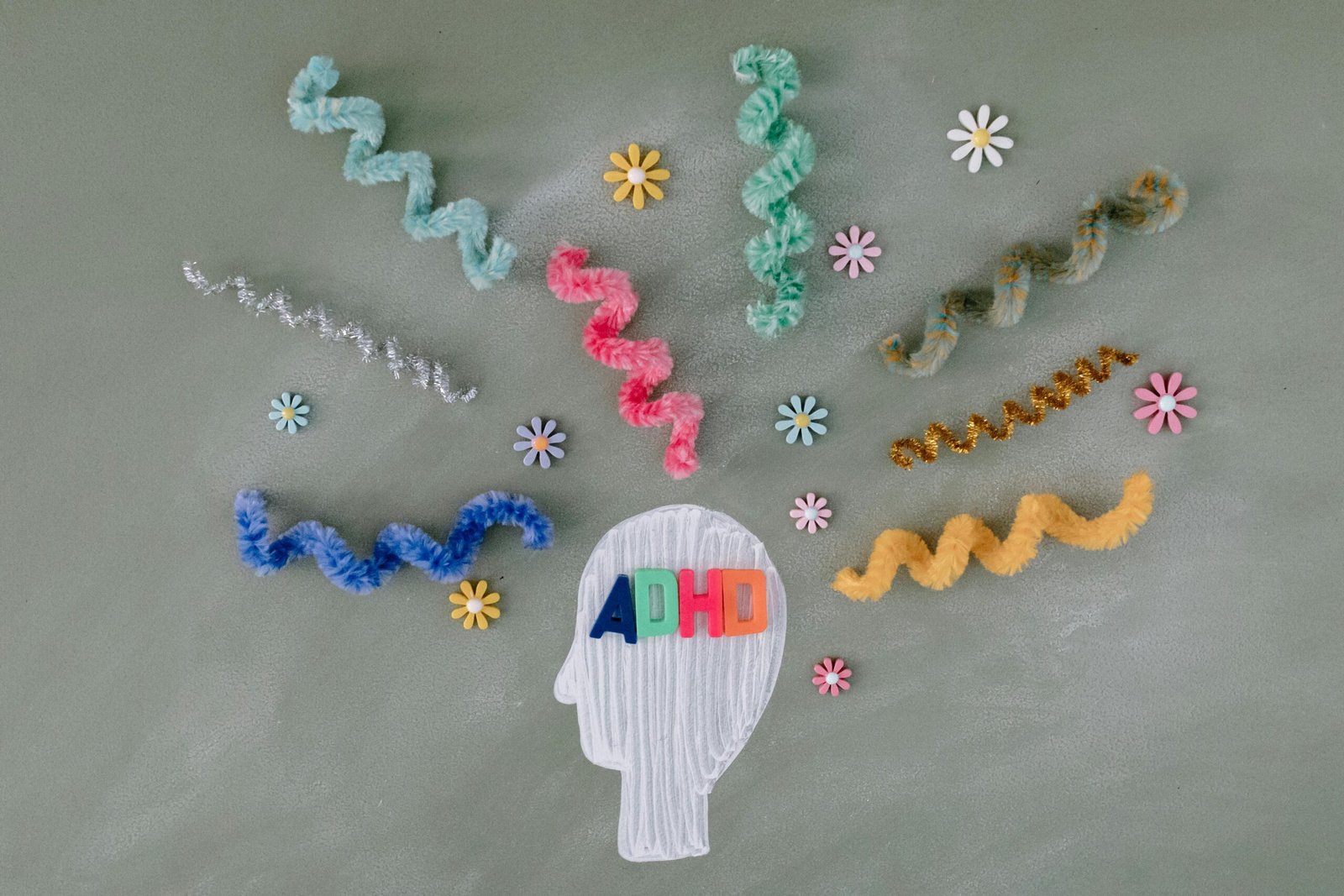What is ADHD?
Attention Deficit Hyperactivity Disorder (ADHD) is a neurodevelopmental disorder commonly diagnosed in childhood. It is characterized by specific patterns of behavior that include inattention, hyperactivity, and impulsivity. These symptoms can significantly affect a child’s functioning in various settings, such as at home, at school, and in social situations. Children with ADHD may struggle to focus on tasks, follow instructions, and complete assignments, which can hinder their academic progress and social interactions.
The core symptoms of ADHD can be categorized into two main clusters. Inattention manifests as difficulty sustaining attention, forgetfulness, disorganization, and frequent distractions. Hyperactivity is typically characterized by excessive movement, fidgeting, and an inability to remain seated during quiet activities. Impulsivity may involve interrupting others, difficulty waiting for one’s turn, or making hasty decisions without considering the consequences. These behaviors often emerge prior to age 12 and can fluctuate in intensity, appearing more pronounced in structured environments like schools.
ADHD is further classified into three types based on symptom predominance: predominantly inattentive presentation, predominantly hyperactive-impulsive presentation, and combined presentation. The combined presentation features a mix of inattention and hyperactivity-impulsivity, making it the most common type diagnosed. To diagnose ADHD accurately, health professionals rely on established criteria, as outlined in the DSM-5 (Diagnostic and Statistical Manual of Mental Disorders, Fifth Edition), which emphasizes the developmental context of symptoms and their impact on the child’s everyday life.
Understanding ADHD is crucial for parents, educators, and caregivers, as it enables better support tailored to the individual needs of children. By recognizing the signs and symptoms early, families can seek appropriate interventions and strategies to promote their child’s success and well-being.
Causes and Risk Factors
Attention Deficit Hyperactivity Disorder (ADHD) is a multifaceted condition influenced by a variety of underlying causes and associated risk factors. One prominent area of consideration is the genetic predisposition to ADHD. Numerous studies suggest that hereditary factors play a significant role in the manifestation of this disorder, with children having a higher likelihood of being diagnosed if there is a family history of ADHD or related conditions. Genetic variants affecting neurotransmitter systems, particularly dopamine regulation, are also being examined for their contributions to the disorder. This underscores the importance of a thorough family medical history when assessing risk for ADHD.
In addition to genetic factors, environmental influences play a crucial role in the development of ADHD. Prenatal exposure to certain substances, such as tobacco, alcohol, and drugs, has been associated with an increased risk of the disorder. Maternal health during pregnancy also contributes, as complications such as gestational diabetes or high blood pressure can potentially impact fetal brain development. Furthermore, children who are born with low birth weight have been shown to be at greater risk for developing ADHD symptoms, often due to early neurodevelopmental challenges.
Social factors, including adverse childhood experiences such as trauma or neglect, can further exacerbate the likelihood of ADHD development. The environment in which a child is raised, including their exposure to toxic substances like lead, has also been implicated as a potential risk factor. Understanding these various causes and risk factors is imperative, as they can help inform effective treatment and management strategies, contributing to better outcomes for those affected by ADHD. Early identification and intervention can significantly influence a child’s developmental trajectory and enhance overall well-being.
Diagnosis and Assessment
The diagnosis of Attention Deficit Hyperactivity Disorder (ADHD) in children is a comprehensive process that involves several key steps. Initially, it requires gathering detailed information from multiple sources, including parents, teachers, and mental health professionals. This multi-informant approach is crucial for forming a comprehensive understanding of the child’s behavior in various settings, which is essential for accurate diagnosis.
To facilitate this assessment, a variety of evaluation tools and questionnaires may be employed. These instruments can include standardized checklists that assess symptoms and behaviors associated with ADHD. Such tools help quantify the presence and severity of symptoms, providing a structured way to compare a child’s behavior against established criteria. Moreover, clinical interviews play a vital role, allowing clinicians to delve into the child’s personal history, developmental milestones, and the specific circumstances surrounding their symptoms.
Additionally, direct observations of the child’s behavior in different environments can enhance the diagnostic process. These observations can reveal patterns of attention, impulsivity, and hyperactivity that may not be evident through self-reports or anecdotal evidence alone. However, it is essential to distinguish between ADHD and other conditions, as several disorders may present similar symptoms, leading to potential misdiagnosis.
There are commonly held misconceptions about ADHD, often stemming from a lack of understanding. For instance, some may believe that ADHD does not exist or that it is merely a result of poor parenting. Such beliefs can hinder timely diagnosis and treatment, underscoring the need for educated and thorough evaluation processes. A well-rounded assessment can not only confirm a diagnosis of ADHD but also provide insights into coexisting conditions, which may require concurrent attention. The aim is to ensure that the child receives the appropriate support and interventions tailored to their specific needs, fostering better outcomes.
Treatment Options and Strategies
Attention Deficit Hyperactivity Disorder (ADHD) in children requires a multifaceted approach to effectively manage symptoms and improve overall functioning. One of the cornerstone strategies for addressing ADHD is behavioral therapy, which helps children develop better self-control and social interactions. Techniques such as positive reinforcement, structured routine, and clear expectations can significantly enhance a child’s ability to cope with their symptoms. Behavioral interventions are particularly effective in a school setting, where teachers, parents, and therapists can collaborate to implement consistent strategies.
Medication management is another essential aspect of ADHD treatment. Stimulant medications, such as methylphenidate and amphetamines, are commonly prescribed and have a proven track record of reducing core ADHD symptoms. However, it’s critical for prescribing physicians to monitor the child’s response closely and adjust dosages as necessary. Non-stimulant medications also exist and may be appropriate for children who do not respond positively to stimulants or who experience undesirable side effects. This underscores the importance of a personalized approach to medication management, tailored to each child’s unique needs.
Educational support strategies are equally paramount in promoting success for children with ADHD. This can include individualized education plans (IEPs) or 504 plans, which help to accommodate the learning needs of children diagnosed with ADHD. Involving parents, teachers, and healthcare professionals in the development and execution of these plans can lead to more favorable outcomes. Furthermore, lifestyle changes such as a balanced diet, regular physical activity, and structured daily routines play an essential role in managing ADHD symptoms. Creating an environment that fosters discipline and routine can help children navigate daily challenges more effectively.
Ongoing support and monitoring are crucial as a child’s needs may evolve over time. Regular check-ins with healthcare professionals, adaptions of treatment strategies, and parental involvement can ensure that the treatment remains effective as challenges change. This holistic approach not only benefits the child but also reinforces the support system surrounding them.



